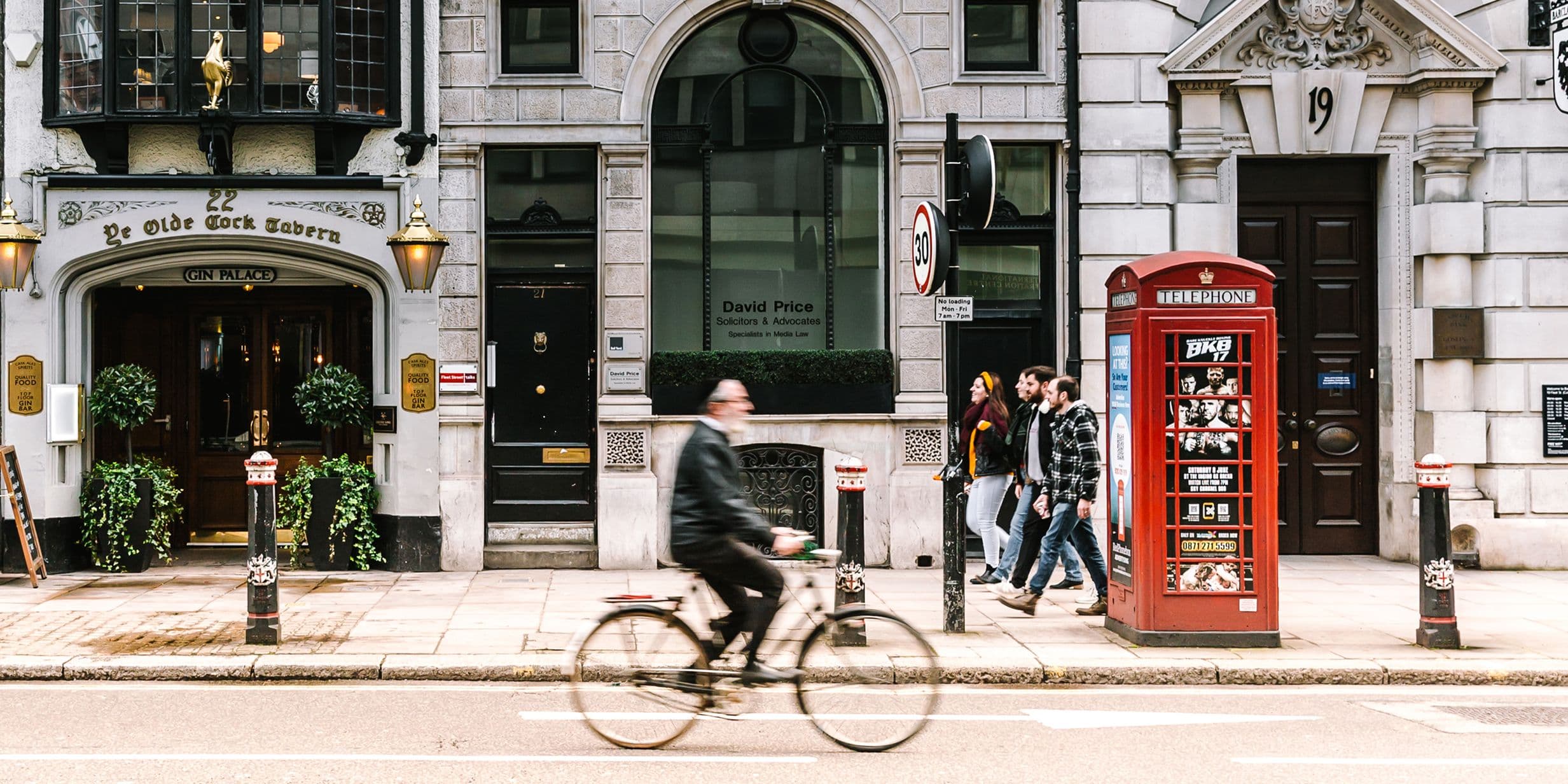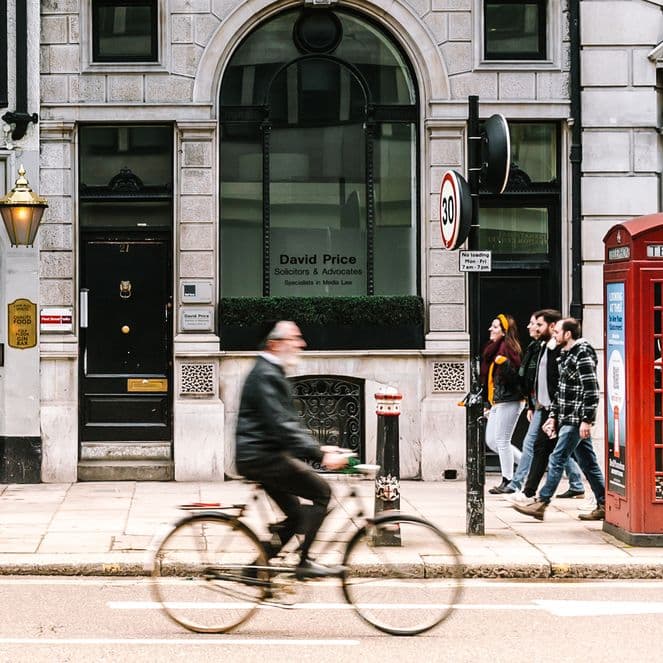Travel
Through a London lens: the city’s most photogenic corners
From quiet courtyards to floating bookshops, discover hidden spots with photographer Siobhan Ferguson


Travel
From quiet courtyards to floating bookshops, discover hidden spots with photographer Siobhan Ferguson


As the curator and founder of the hugely popular Instagram accounts @prettycitylondon, @theprettycities and @siobhaise, Siobhan Ferguson is full of knowledge on the best secret spots and most aesthetically pleasing places to discover in the city.
London has never been a city that yields easily to definition. Its beauty lies not in a single face but in countless shifting ones, from elegant crescents and leafy squares to cobbled alleys where time seems to pause and streets that pulse with reinvention. When I first began writing about London, I gravitated towards the timeless neighbourhoods (Belgravia, Notting Hill, Hampstead, Chelsea) where history lingers, and beauty feels cinematic in its constancy.
For my second book, I found myself drawn to a different rhythm. In places where the old and new overlap, I discovered another kind of beauty that was layered, complex and brimming with contrast, where a hidden church might sit behind a busy high street, or a floating bookshop might moor alongside glossy new developments.
Across all of these neighbourhoods I was drawn to the same quality of a culinary and independent spirit – the markets, cafés, restaurants and makers that give an area its daily rhythm – paired with a layer of architectural depth that anchors it in history. It’s this interplay that excites me most: streets where you can linger over food or coffee, and then step into a pocket of poetry or reflection just a few minutes away. It’s impossible to narrow London down to just a handful of neighbourhoods, but here are 10 vignettes, each pairing a cultural experience with somewhere to pause, eat or linger, which together capture a little of the city’s unshakable character.
Photo: Siobhan Ferguson
Slip into Artillery Passage, a sliver of 17th-century London where crooked timber facades and cobbles whisper of another age. Just around the corner, Old Spitalfields Market bustles beneath its Victorian roof – browse antiques, vintage treasures and food stalls, then wander to Fournier Street and Wilkes Street, where Georgian houses stand remarkably preserved. Pause at Nagare on Brushfield Street – here, coffee is poured with quiet precision and brings a moment of calm at the city’s restless edge.
Photo: Siobhan Ferguson
Soho wears its history in layers, with neon and noise on one street and quiet corners on the next. Andrew Edmunds, housed in a candlelit 18th-century townhouse on Lexington Street, is one of the city’s most atmospheric dining rooms. Dinner here feels suspended in time, even as the rest of Soho hums with restless energy.
Photo: Siobhan Ferguson
Photo: Siobhan Ferguson
The clatter of plates, the glow of chandeliers, the smell of seafood cooked to perfection – Randall & Aubin is exuberant Soho at its best. An Anglo-French brasserie with a century-old heritage, it revels in oysters, Champagne and sheer character. Just a few steps away is Smith’s Court, an intimate courtyard where William Curley tempts with exquisite chocolates, and independent shops clustered in a quiet square soften the mood.
Photo: Siobhan Ferguson
This neighbourhood offers a gentler refinement than nearby Oxford Street. Begin with the Wallace Collection, featuring rococo rooms and world-class art hidden in a grand townhouse. Wander to Chiltern Street, where red-brick facades house specialist shops, many with ateliers tucked in their basements. End at Wyndham Place, where the neoclassical church presides over the square and hosts candlelit concerts that fill the space with music and warmth.
Photo: Siobhan Ferguson
Few places show London’s range like this. Somerset House, riverside and palatial, dazzles with its neoclassical courtyards, the spiral Nelson Staircase and ever-changing exhibitions. From there, cross into the Inns of Court and time folds back into hidden gardens, twisting alleys and an atmosphere heavy with history. End with a pint at the Seven Stars, where barristers and students mingle in one of London’s most characterful pubs.
Photo: Siobhan Ferguson
Photo: Siobhan Ferguson
On the Thames, Ham House is a rare survival of Stuart London, its interiors rich with velvet, gilt and whispers of another age. Walk the towpath and you arrive at Petersham Nurseries, where greenhouses overflow with jasmine and light filters through glass. Here you can eat among climbing roses and terracotta pots, the city softened into something timeless.
Photo: Siobhan Ferguson
Cloth Fair is a warren of medieval London, its narrow lanes steeped in history. Step inside St Bartholomew the Great, the city’s oldest parish church, its soaring nave and flickering candles offering rare stillness. Nearby, Cloth Fair restaurant provides intimacy and understated charm, a quiet retreat tucked into ancient streets. A short stroll away lies Smithfield Market, its vast Victorian halls recalling centuries of trade – atmospheric and unmistakably London.
Photo: Siobhan Ferguson
Bermondsey Street feels like a neighbourhood in miniature: a handsome stretch lined with independent cafés, restaurants, and delicatessens, where the day slips easily from morning coffee to late-night dinner. Just a short walk away, King’s College London’s Guy’s Campus offers a striking contrast. The Keats Garden is a quiet pocket of greenery, where the poet’s statue sits among flowers and benches. Beyond it, the cloistered arches and chequered floor add architectural character, a reminder that even in the heart of the city, London finds space for stillness.
Photo: Siobhan Ferguson
King’s Cross has transformed from industrial hub to polished destination, yet its reinvention hasn’t erased its grit. Take Coal Drops Yard, which marries brick and iron with striking modern architecture. Along the canal, Word on the Water, a 1920s Dutch barge turned bookshop, offers a floating sanctuary of shelves and stories, a reminder that reinvention can be soulful.
Photo: Siobhan Ferguson
Founded in 1673, the Chelsea Physic Garden is one of London’s oldest and most enchanting green spaces, its walled garden brimming with medicinal plants, fragrant borders and centuries of botanical history. After a wander among glasshouses and pathways, walk a few minutes to The Pig’s Ear, a beloved local pub where wood-panelled interiors and hearty fare bring the day to a convivial close.
An extended exploration of vignettes like these can be found in my new book, Pretty City London: Volume 2, published by The History Press and out now.